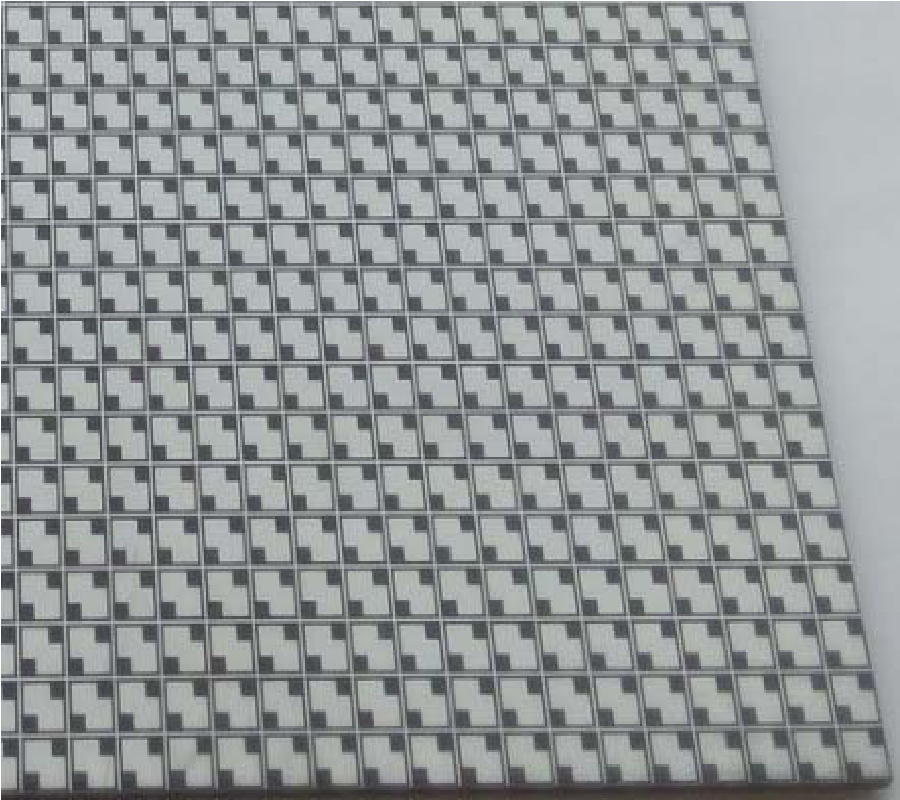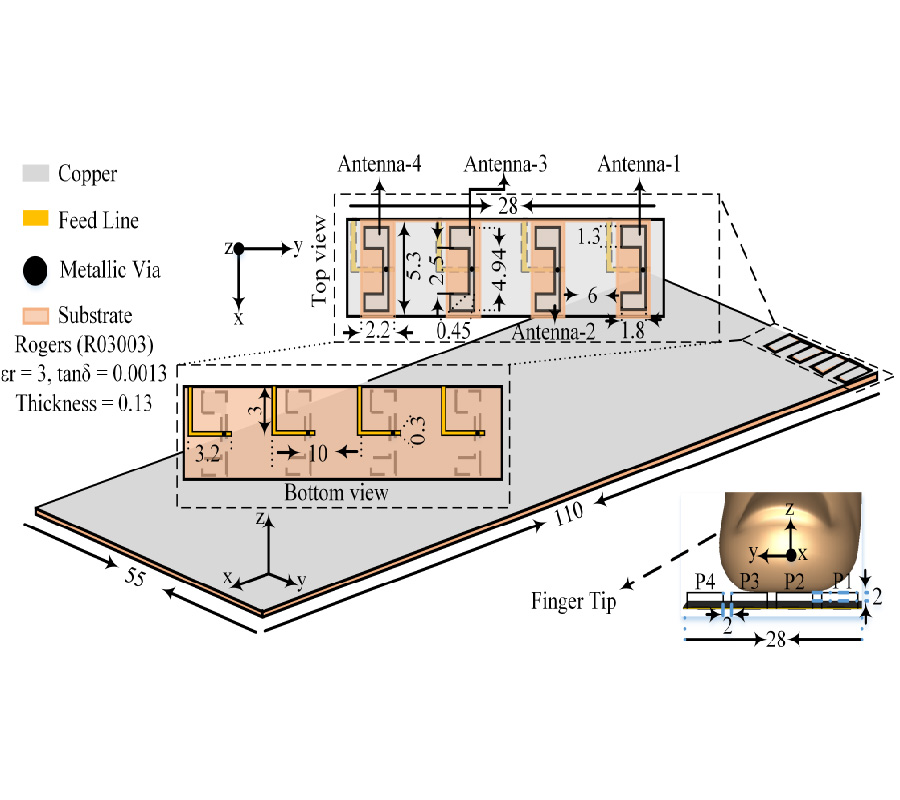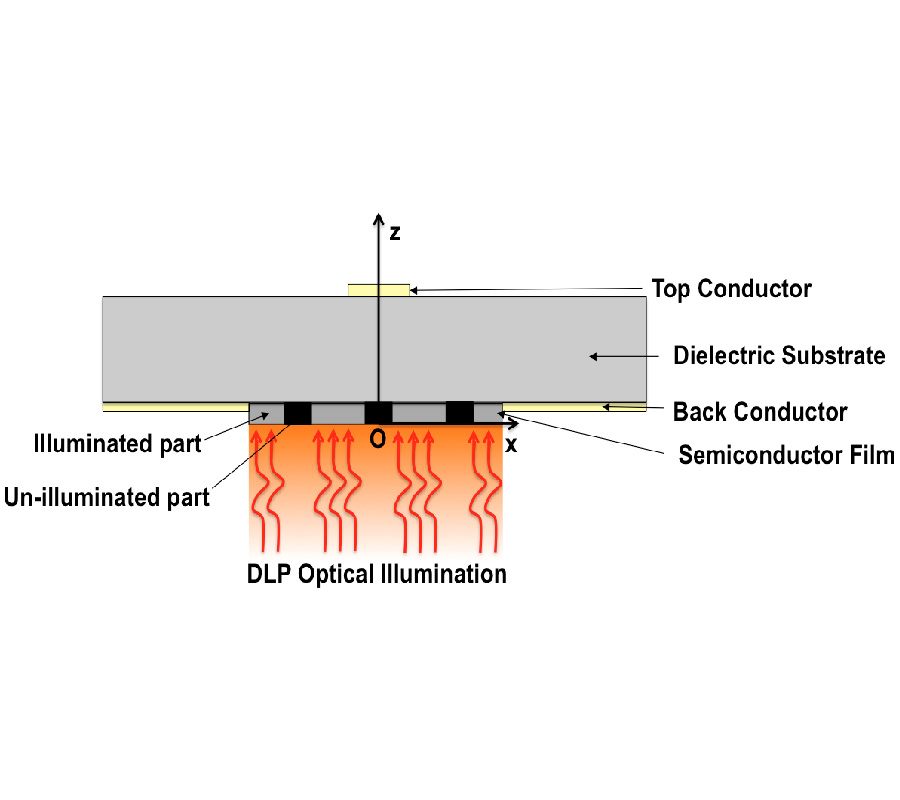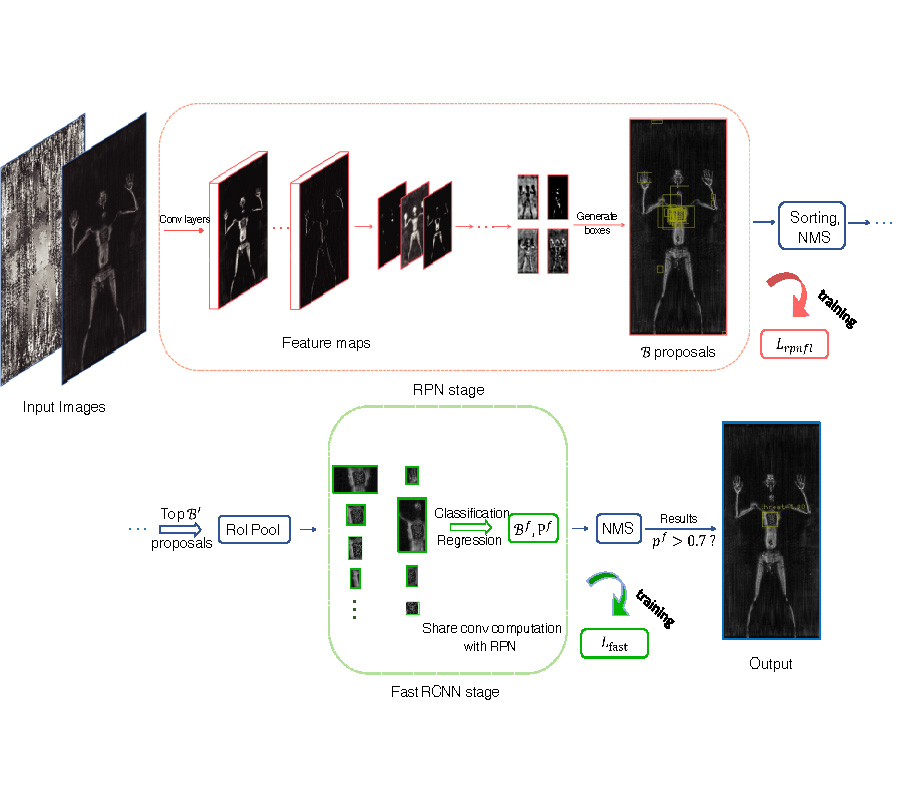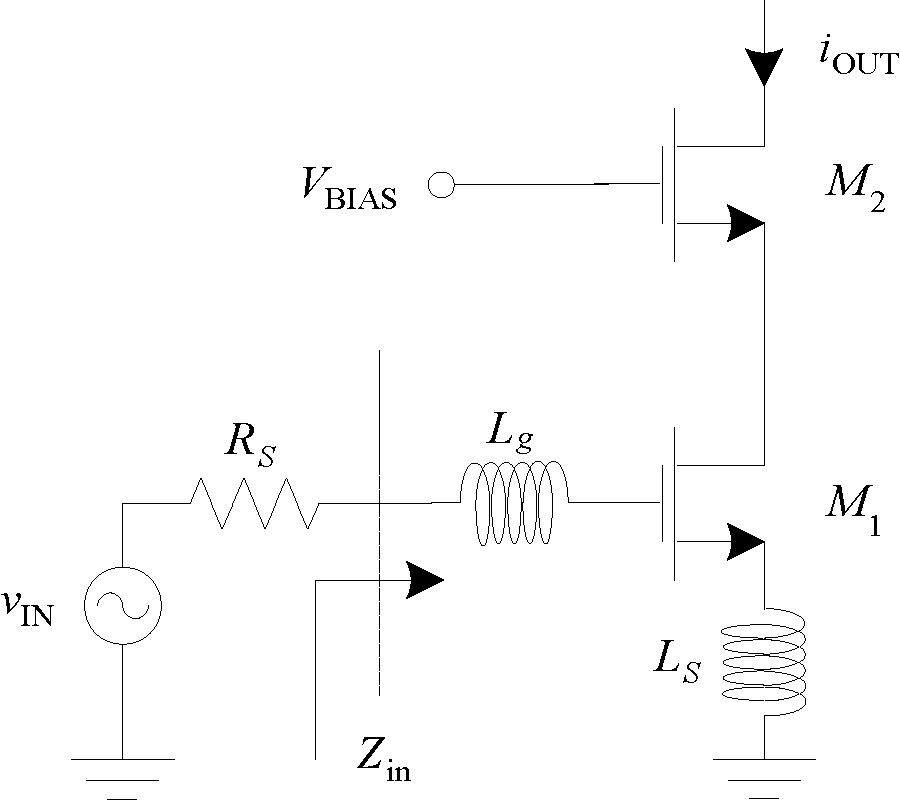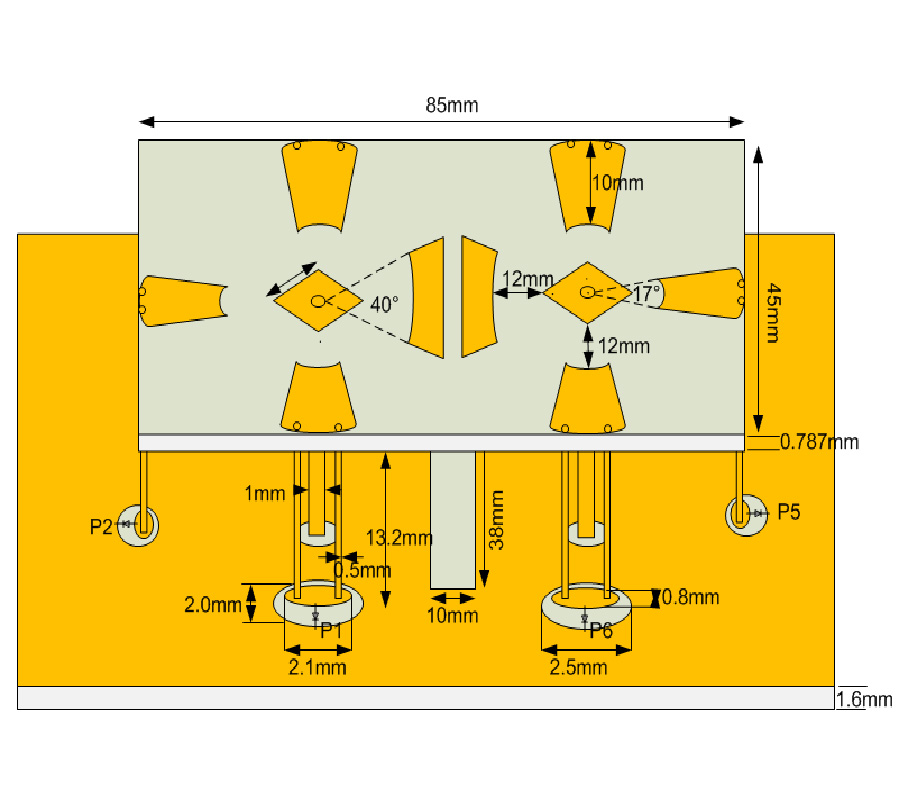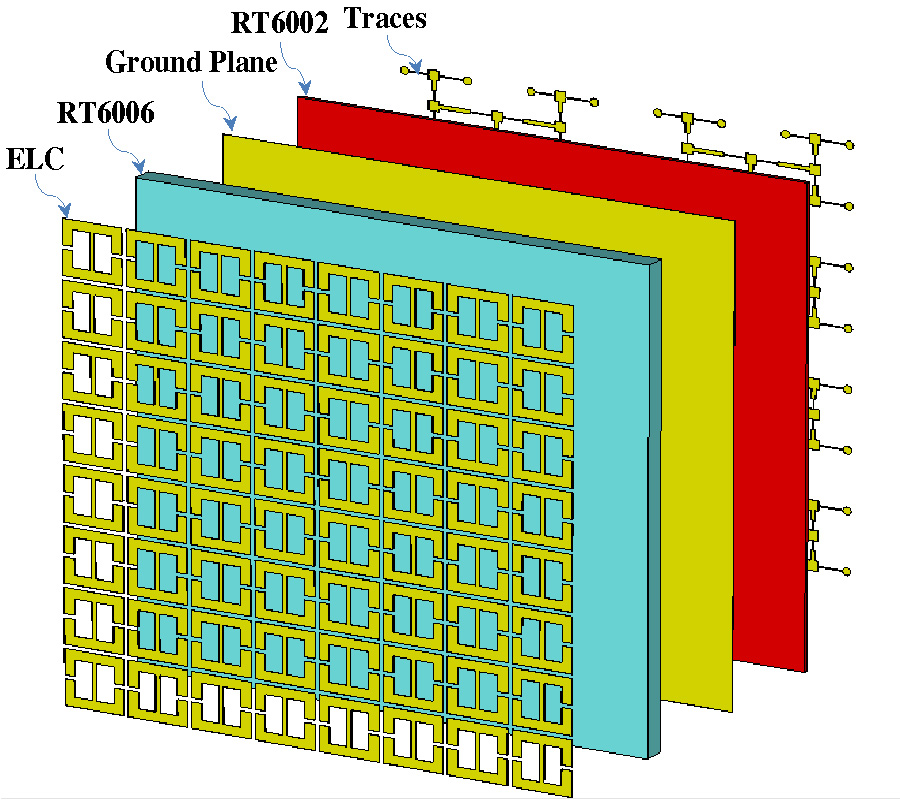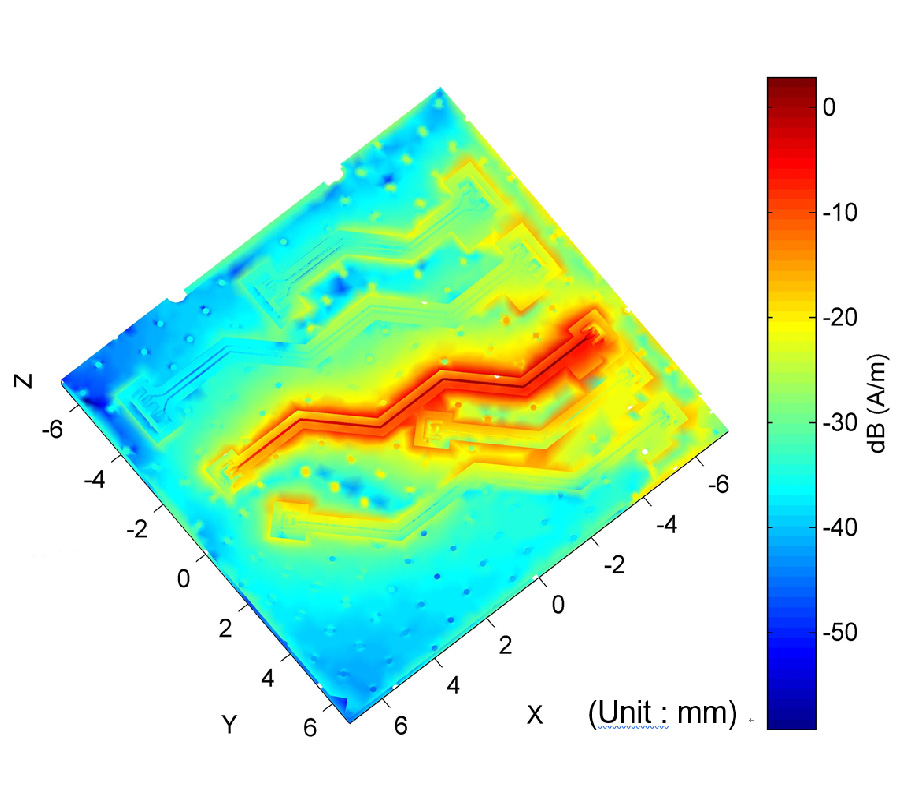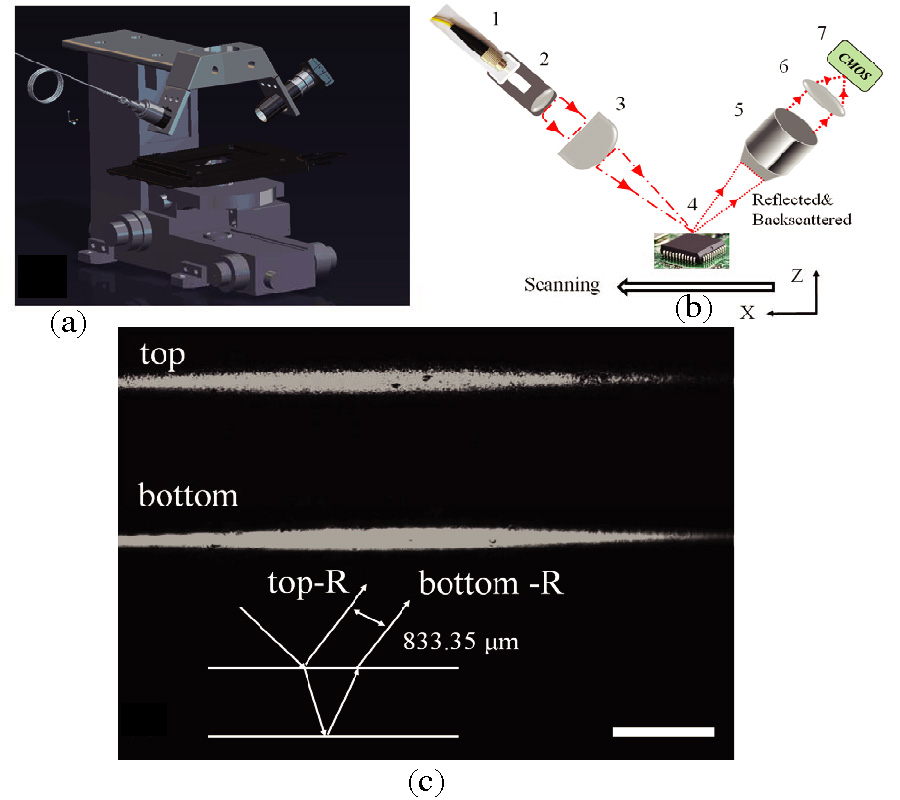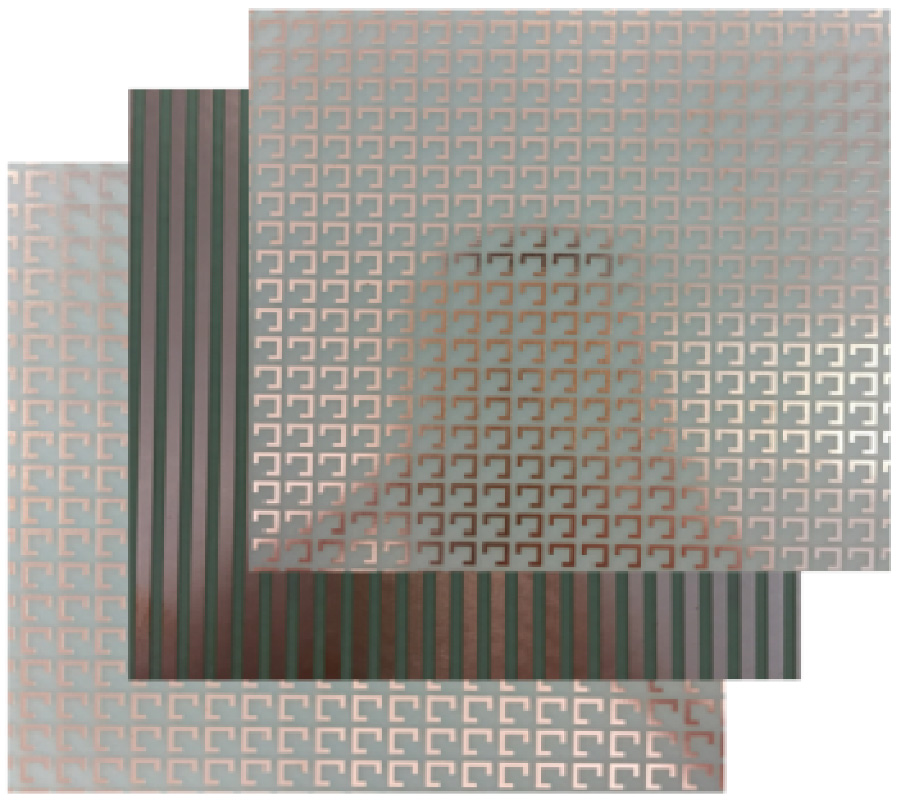Photo-Induced Electromagnetic Band Gap Structures for Optically Tunable Microwave Filters
Jun Ren
,
Zhenguo Jiang
,
Md. Itrat Bin Shams
,
Patrick Fay
and
Lei Liu
Electromagnetic band gap (EBG) structures offer unique solutions for effectively manipulating electromagnetic waves over a broad range of frequencies for a wide range of applications. However, most EBG designs reported so far either require sophisticated fabrication processes or have limited tunability and reconfigurability. In this paper, we investigate the potential to implement high performance tunable and reconfigurable EBG components using a novel optical control approach. This technology allows the generation of EBG structures through spatially-resolved photogeneration of free carriers in a semiconductor, without any complex fabrication processes. As a prototype demonstration, a reconfigurable microwave frequency tunable band-stop filter (BSF) based on photo-induced uniplanar EBG structures has been investigated through simulation. In this approach, the required EBG patterns are directly illuminated onto a Ge ground plane mounted to the bottom of a Duroid substrate for tunability using a digital light processing (DLP) projector. On the basis of HFSS simulations, the bandwidth of the BSF can be tuned by modifying the EBG pattern filling factor. The center frequency of the BSF could also be tuned from 8-12 GHz by adjusting the period of the EBG structure. In addition, two limiting factors, i.e., localized heating effects and finite lateral spatial resolution (due to carrier diffusion), that may affect the circuit performance in this technology have been investigated and discussed. By using a mesa-array structured ground plane, this approach is promising for developing tunable and reconfigurable circuits such as filters from the microwave to terahertz regimes.
